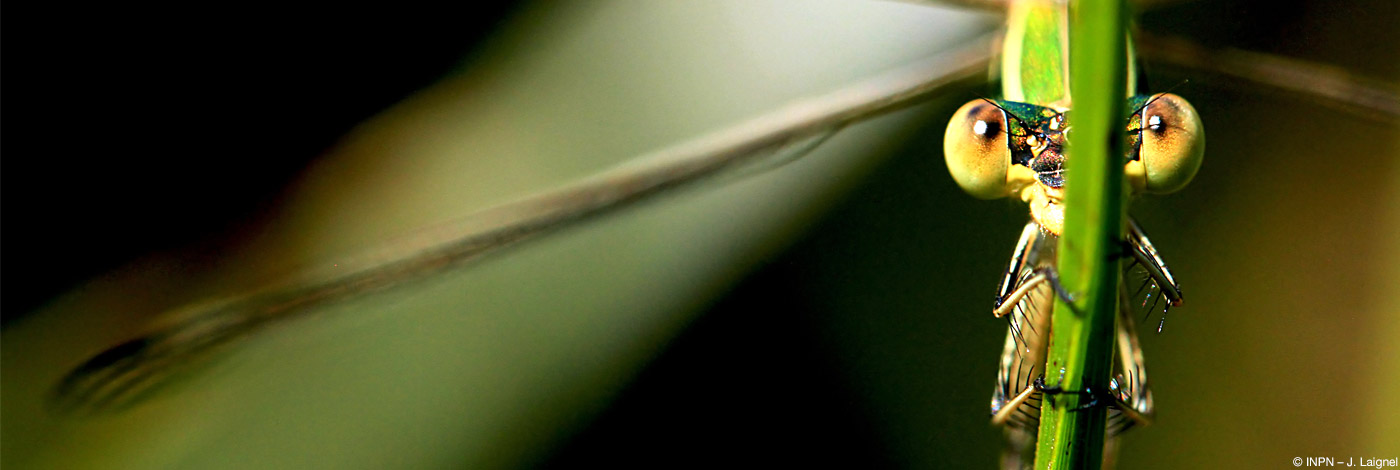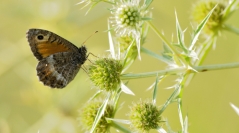

 Naturae
2022 (1) - Pages 1-16
Naturae
2022 (1) - Pages 1-16The False Grayling Arethusana arethusa (Denis & Schiffermüller, 1775) is a butterfly which is not part of the red list of threatened species in France and Europe however its distribution is declining. The Conservatoire d’espaces naturels des Hauts-de-France preserves two of the three remaining regional locations. Based on capture-mark-release method and observations carried out from 2013 to 2017, we assessed the size of the two last populations of the department of Somme and studied the mobility, resource use and habitat. Mark-release method produce highly accurate estimates. For a 95% confidence interval, error margin of population size estimates ranged from 13 to 19 percent. Population size estimates showed a high inter-annual variation of more than 50 percent. The same results are observed on a national scale. During the three years of monitoring, the population size reaches its maximum between the 20th and the 30th of august. The peak flight time of females starts three to six days after the males and is shorter. The average adult life span ranged from 5.57 to 12 days. The ratio of males to females is 1.18 in 2018 and 1.28 in 2019. Given the isolation and small size of the study sites, we could not assess dispersal ability of A. arethusa. However, the low mobility of A. arethusa has been confirmed, with a mean movement distance of 86.46 ± 6.34 m over three recapture periods (n = 81). The maximum distance between two captures was 333 m. Shorter grass (Height = 6.57 ± 2.39 cm) with large spaces of bare soil (8.21 ± 7.35% per m²) where clumps of Festuca ovina Gr. develops (22.6 ± 9.54% cover per m²) is the favorite habitat for larvae. Because these habitats are low flowering in august during the adult flight period, taller forms of grasses seems to be an important nectar resource. A conservation issue is raised: how to manage the vegetation In order to provide nectar resource for the adults and suitable habitat for the larvae of A. arethusa in small and isolated areas? In this context, we emphasize the functional part of fallows and grass strips in boosting in situ populations and reuniting scattered areas.